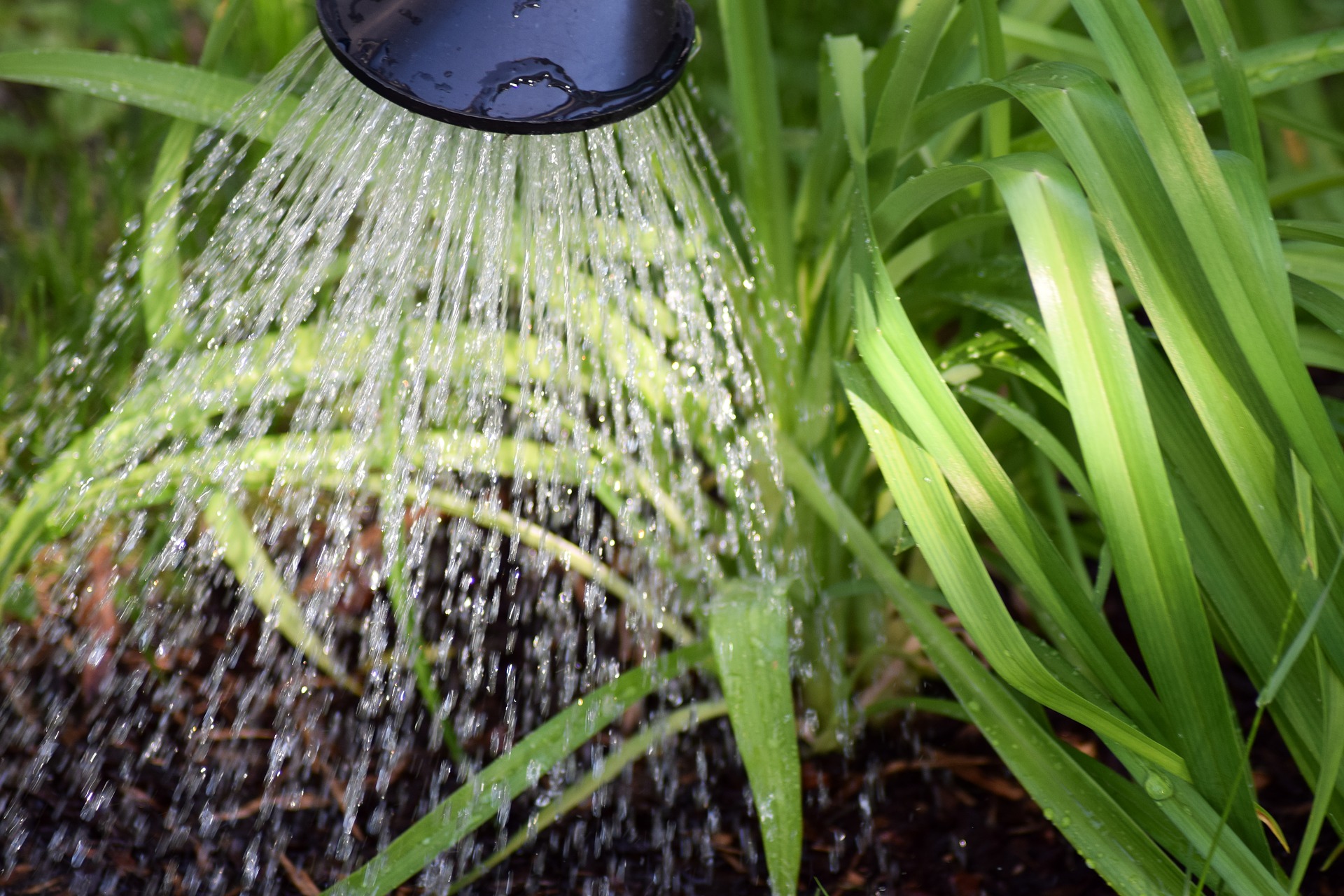November 19 – Agriculture is a global staple that’s heavily impacted by climate change each day. Prairie View A&M University researchers Dr. Ripendra Awal and Dr. Ali Fares have taken their research on climate change effects in the Brazos Headwaters Basin to the next level by focusing on the necessary irrigation requirements farmers in the region must consider. This next step in their research effort was recently published to give an in-depth look of how the climate change in the region could impact the irrigation requirements of major crops in the future.
Abstract
In order for the agricultural sector to be sustainable, farming practices and management strategies need to be informed by site-specific information regarding potential climate change impacts on irrigation requirements and water budget components of different crops. Such information would allow managers and producers to select cropping systems that ensure efficient use of water resources and crop productivity. The major challenge in understanding the link between cropping systems and climate change is the uncertainty of how the climate would change in the future and lack of understanding how different crops would respond to those changes. This study analyzed the potential impact of climate change on irrigation requirements of four major crops (cotton, corn, sorghum, and winter wheat) in the Brazos Headwaters Basin, Texas. The irrigation requirement of crops was calculated for the baseline period (1980–2010) and three projected periods: 2020s (2011–2030), 2055s (2046–2065), and 2090s (2080–2099). Daily climate predictions from 15 general circulation models (GCMs) under three greenhouse gas (GHG) emission scenarios (B1, A1B, and A2) were generated for three future periods using the Long Ashton Research Station–Weather Generator (LARS-WG) statistical downscaling model. Grid-based (55 grids at ~38 km resolution) irrigation water requirements (IRRs) and other water budget components of each crop were calculated using the Irrigation Management System (IManSys) model. Future period projection results show that evapotranspiration (ET) and IRR will increase for all crops, while precipitation is projected to decrease compared with the baseline period. On average, precipitation meets only 25–32% of the ET demand, depending on crop type. In general, projections from almost all GCMs show an increase in IRR for all crops for the three future periods under the three GHG emission scenarios. Irrigation requirement prediction uncertainty between GCMs was consistently greater in July and August for corn, cotton, and sorghum regardless of period and emission scenario. However, for winter wheat, greater uncertainties between GCMs were observed during April and May. Irrigation requirements show significant variations across spatial locations. There was no consistent spatial trend in changes of IRR for the four crops. A unit change in precipitation is projected to affect IRR differently depending on the crop type.
To read the full article, please visit https://www.mdpi.com/2073-4441/10/11/1610
This work was supported by the USDA National Institute of Food and Agriculture, Evans-Allen 1890 Research Formula Program projects under Section 1444 and Section 1445.

Taelor Smith
Communications Specialist
tasmith@pvamu.edu
(936) 261-5155

